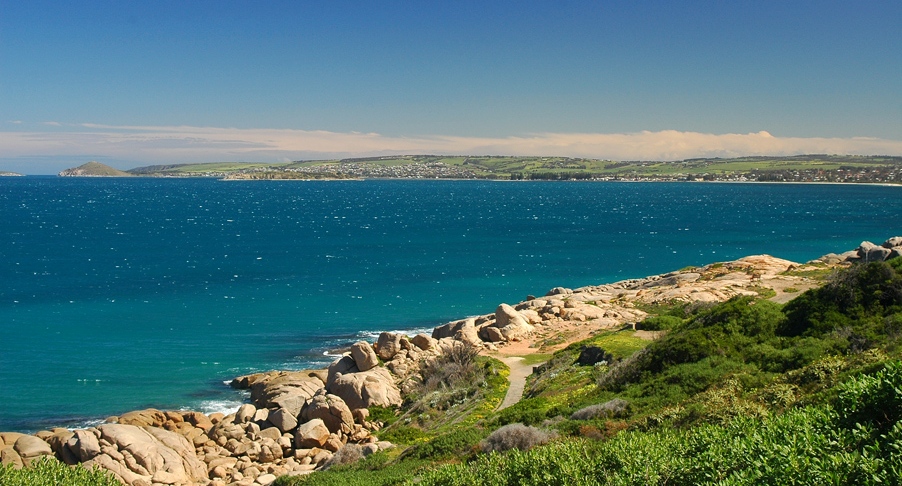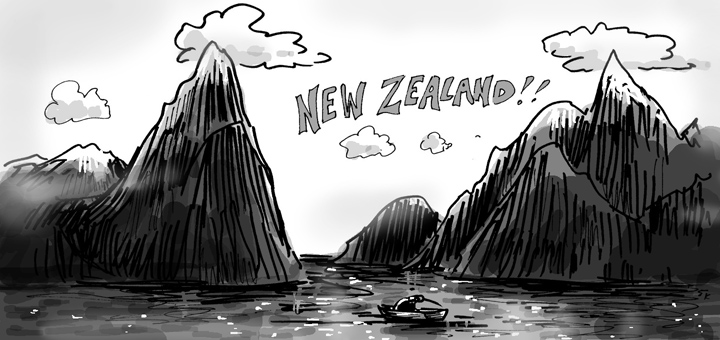We often talk about places as being cities, suburban or rural but have you ever wondered what the specific characteristics are that classify an area as such? And what do these characteristics mean in the context of planning? Let’s take a look at some typologies that can be used to talk about places.
Australian places
Local Government Areas (LGAs) in Australia comprise a diverse range of communities with considerable variation in economic and environmental characteristics. With 565 local councils currently operating across the country, it holds true that not all councils face the same challenges. Planning priorities in remote Western Australia will likely to be vastly different to those in suburban Sydney or regional Victoria. Recognising this diversity, a useful way to understand demographic and economic trends is to classify LGAs according to their location and function.
5 typologies
Every LGA in Australia can be grouped into one of five major typologies:
- central business districts
- metropolitan suburbs
- peri-urban areas
- regional cities
- rural areas
Central Business Districts (CBD)
The CBD is the political, economic and cultural hub of each state or territory. In Australia, there are 7 local government areas that can be categorised under this typology: City of Darwin, City of Melbourne, City of Sydney, City of Perth, City of Brisbane, City of Adelaide, and City of Hobart.
Interestingly, while Canberra is Australia’s capital, it does not have local governments. Instead, in the Australian Capital Terrority (ACT), responsibilities usually handled by local government are administered by a department of the territory government.
Common characteristics of a CBD are:
- The focus for the agglomeration of business and the knowledge economy.
- Continuing growth in the share of overall employment.
- Make the greatest contribution to Gross State Product – Over 40% in NT and approx. 20% in NSW, VIC and SA.
- A large proportion of residents born overseas – 52.6% in the City of Perth.
- A strong presence of young workforce and tertiary students – 21% of the population of the City of Melbourne are attending university.
Suburban areas
Suburban areas are fast-growing regions, with culturally and socially diverse communities. They are often residential or mixed use areas, either existing as part of an urban area or as a separate residential community within commuting distance of a city. In Australia, there are 130 local government areas that can be categorised as suburban areas.
Some characteristics of suburban areas include:
- Containing the greatest share of employment – 63% of total employment in WA is located in the suburbs of Perth.
- Have a broad range of socioeconomic characteristics.
- Growth of medium and high-density housing in inner and middle ring suburbs – from 29% in 2001 to 36% in 2011 in the City of Moreland.
- The supply of infrastructure and services may lag behind the pace of residential development, particularly in growth areas and on the suburban fringe.
- Radial commuting patterns to employment in the CBD – 19% of employed residents in the City of Marion work in the Adelaide CBD.
Peri-urban/semi-rural areas
Peri-urban areas (sometimes referred to as semi-rural areas) are contested spaces wedged between the state capital and regional areas that are neither urban nor rural. There are 34 local government areas that fit in this category that including Mornington Penninsula (VIC) and Blue Mountains (NSW).
Characteristics of peri-urban/semi-rural areas include:
- Located around the fringe of metropolitan regions, within commuting reach of employment, education and cultural functions.
- Typically contain an ageing population as younger groups migrate towards the urban core – 75% of growth in Lithgow City took place in age groups 60+ (2001-2011).
- Land use conversion of former rural lands, with a mixture of urban and rural activities.
- Incremental development poses challenges for the management of peri-urban landscapes and natural resources.
Regional cities
There are 57 local government areas that fall into this category. Regional cities are centres for economic activity, performing the ‘capital city’ role in their region. Examples of regional cities are Geelong (VIC), Newcastle (NSW) and Toowoomba (QLD).
Typical characteristics of regional cities include:
- Contain an increasing share of the non-metropolitan population, drawing in migrants from smaller towns – the population of Cairns Regional Council area grew by 14% between 2006 and 2011
- Provider of services, facilities and employment for communities in surrounding rural areas.
- Lower level of year 12 completion and tertiary educational qualification than metropolitan LGAs – 14% of the Devonport population have tertiary qualifications compared with 21% across Tasmania.
- The importance of regional universities to retain young people and generate economic benefits – Tertiary education generates 7.2% of total value added in the economy of Lismore City.
- Challenge of attracting government investment in hard and soft forms of infrastructure.
Rural areas
Rural local government areas are dispersed councils with low population densities and slow or stagnant growth. There are over 350 local government areas that fall under this category – that’s way over half of all local government areas in Australia!
Rural areas are characterised by:
- Typically very little population change.
- Strong trends of ageing as younger residents migrate to regional centres and capital cities – 26% of the population of Strathbogie Shire is aged 65 or older, compared with 13% across Greater Melbourne.
- Contain a relatively low proportion of employment in each state – 10% of jobs in South Australia are located in rural council areas.
- Low levels of cultural diversity.
- Strong indicators of socioeconomic disadvantage – with an average SEIFA score of 537, the ten most disadvantaged councils in Queensland are located in remote rural areas.
Which category does your local government area fall under? Let us know below!
.id is a team of demographers, population forecasters, spatial planners, urban economists, and data experts who use a unique combination of online tools and consulting to help governments and organisations understand their local areas. Access our free demographic resources here








